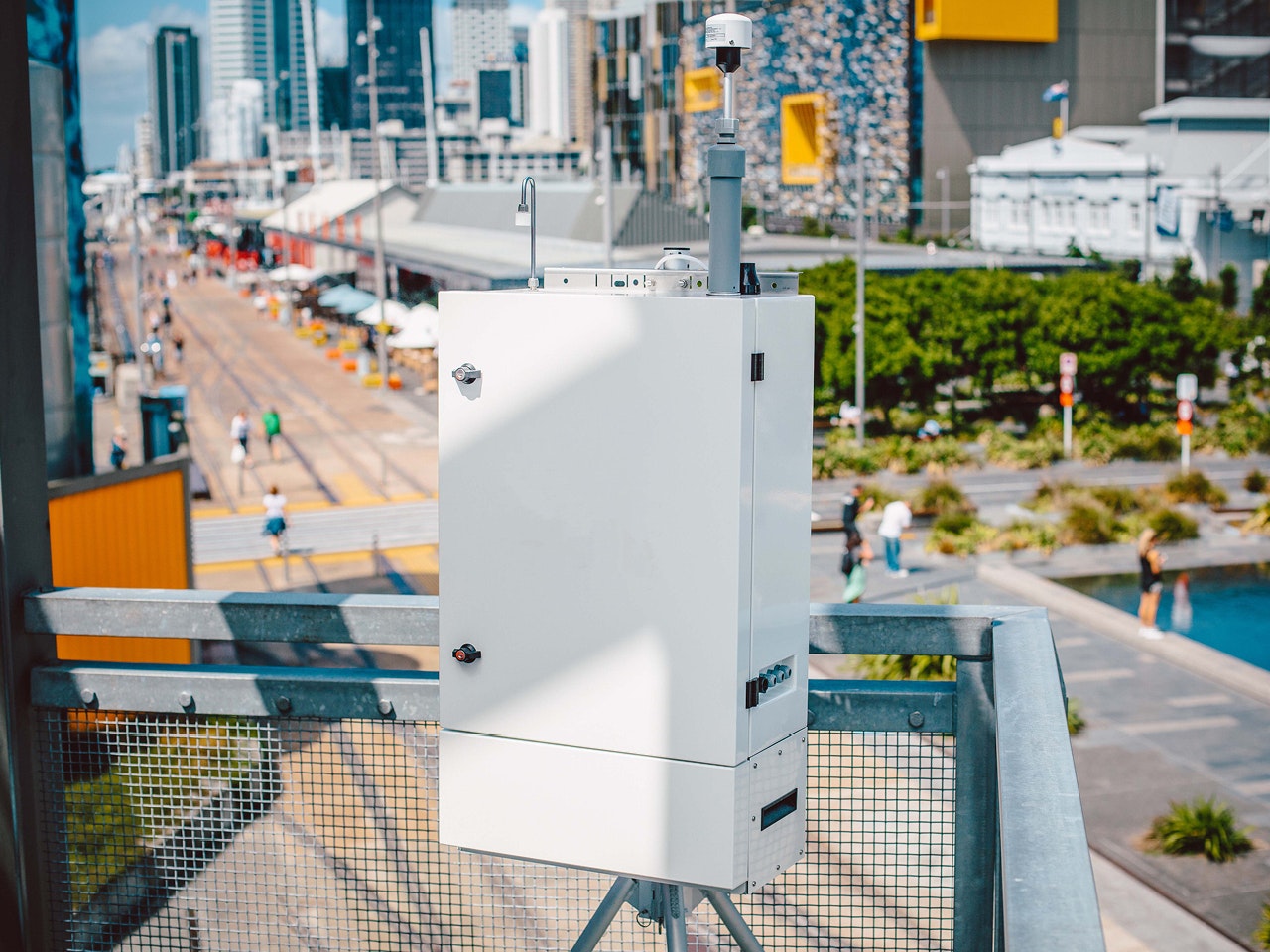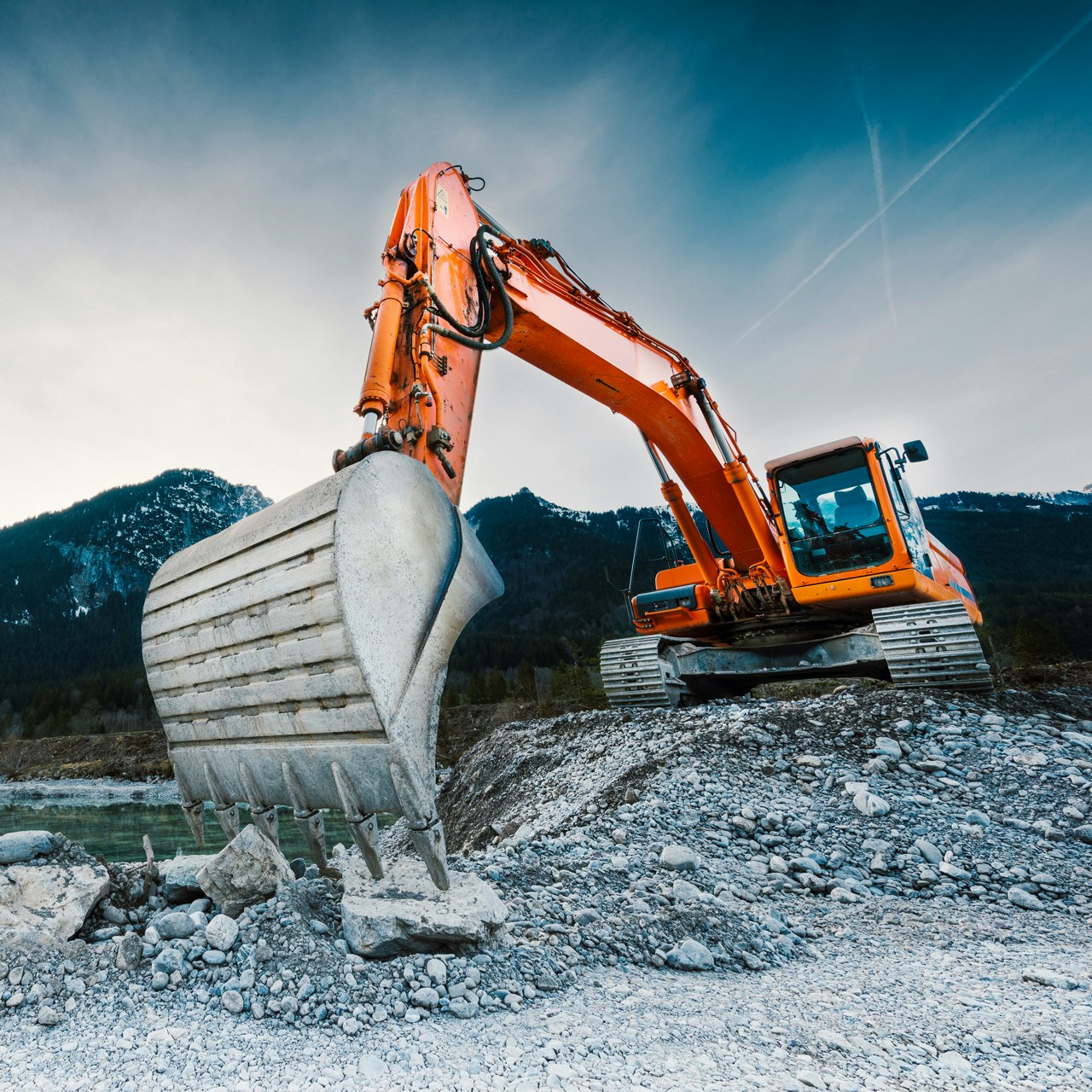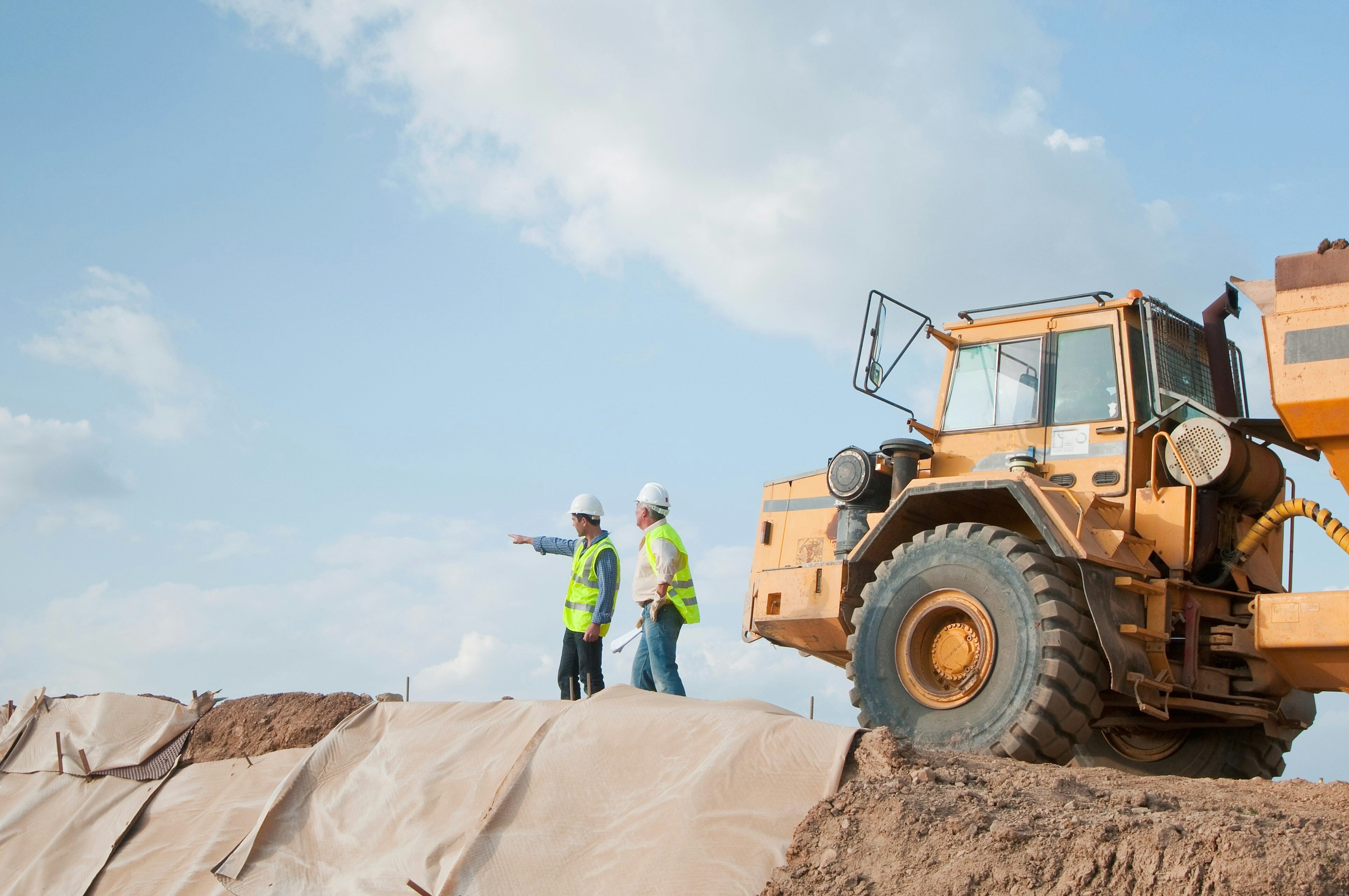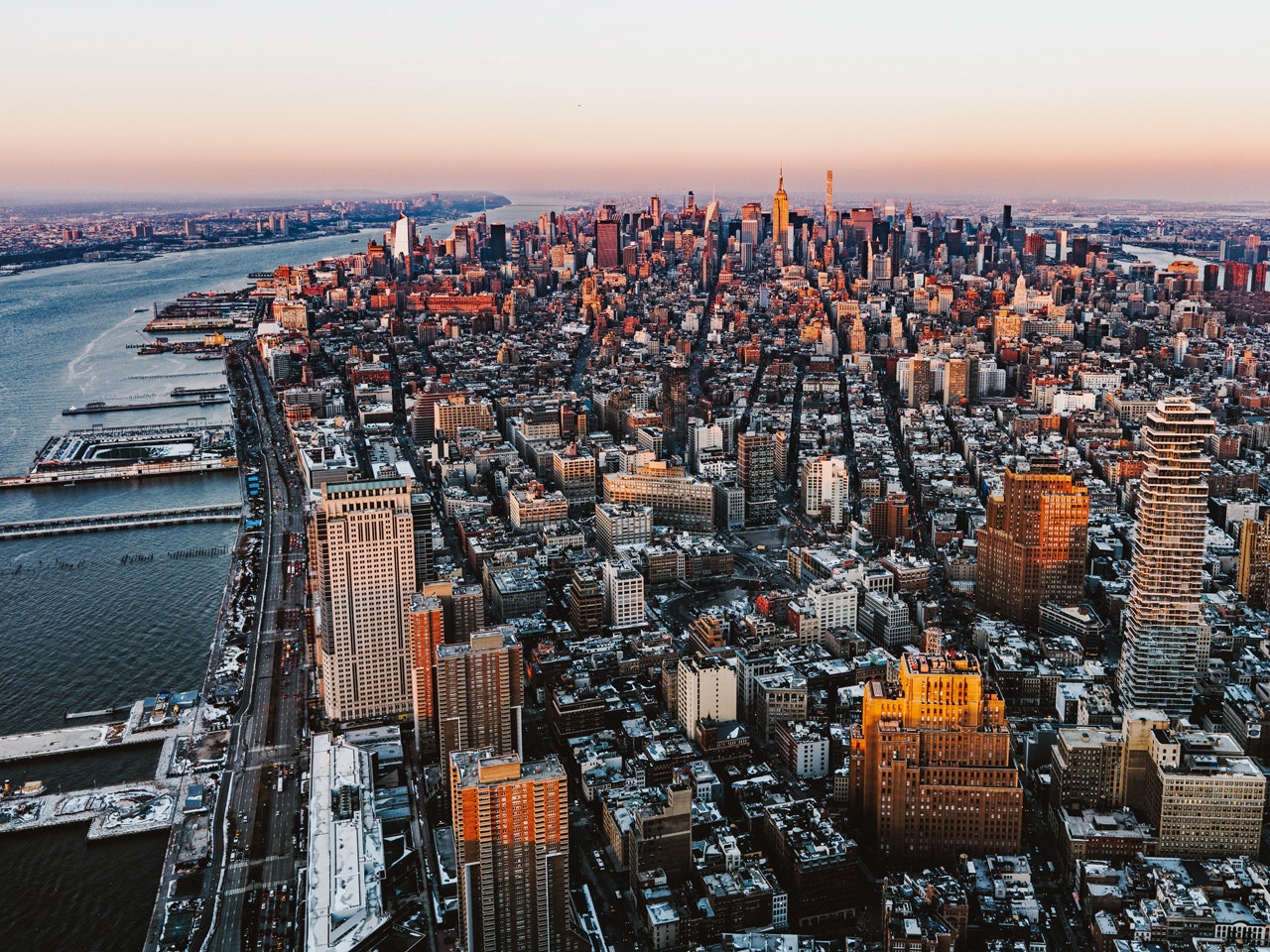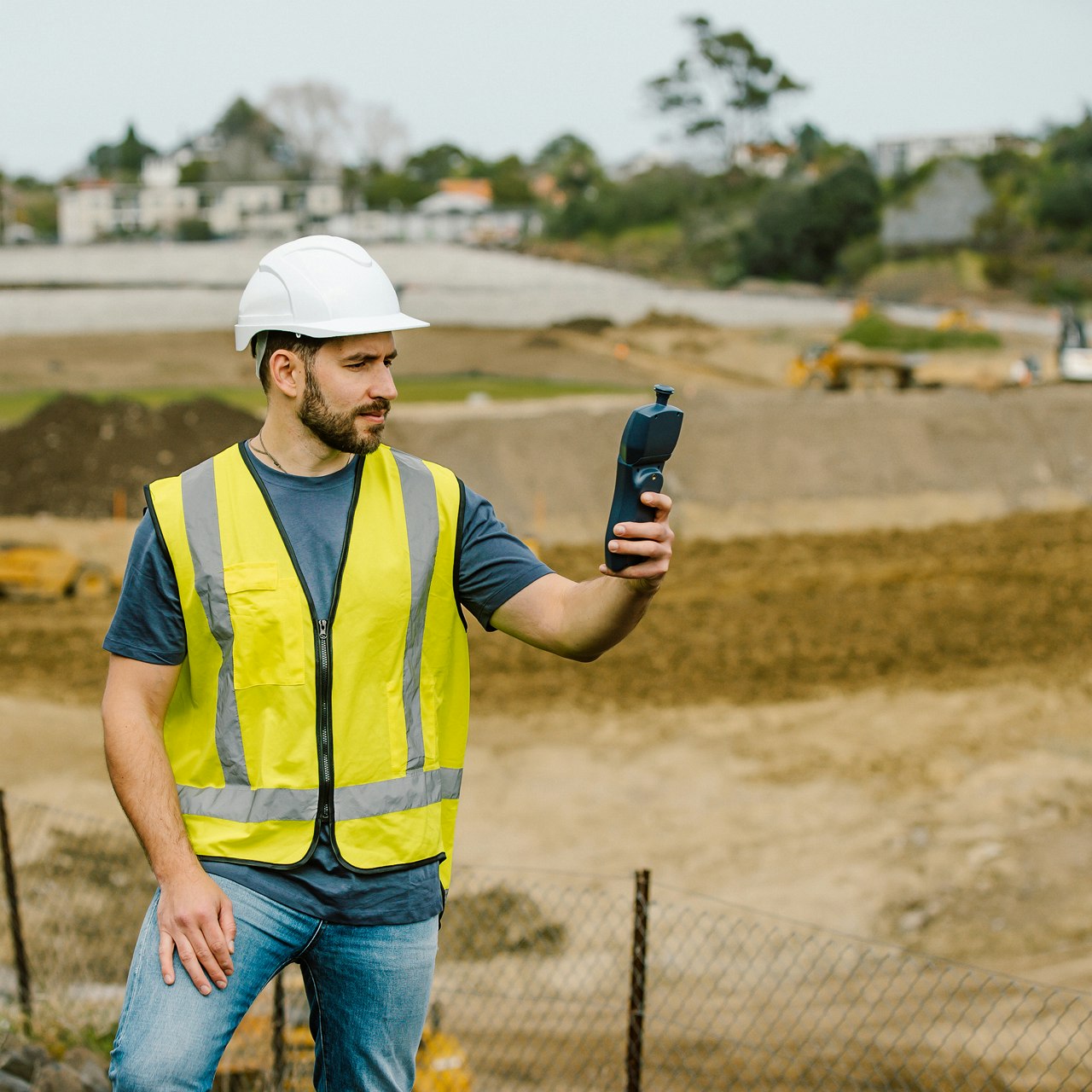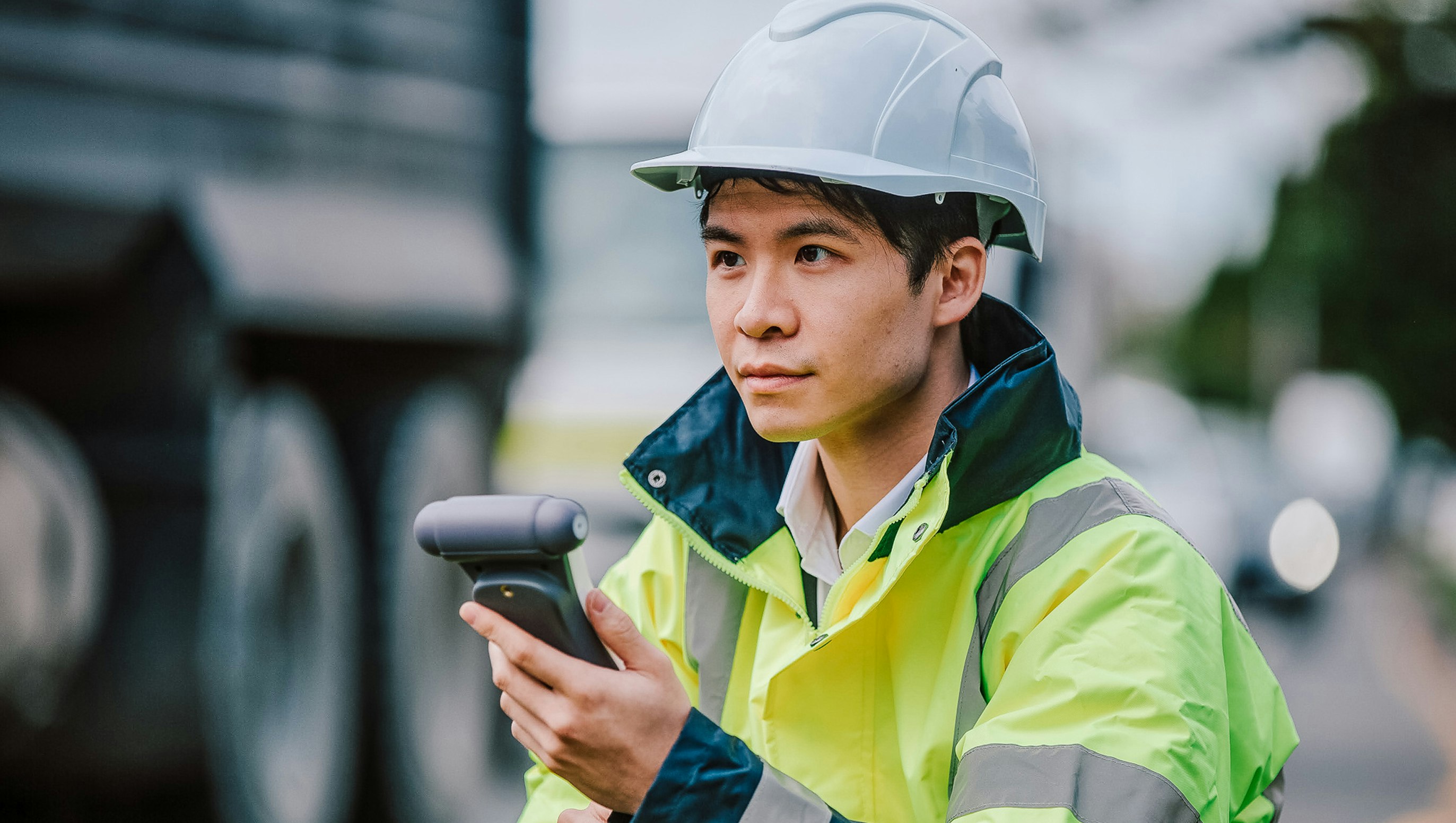Blog
Is this the End for the Specialist Consultant?
Article Details
Last Updated
14 September 2025
Published
24 April 2019
Category
Company
The 23rd Annual Joint Technical Conference
On March 26, 2019, Paul Pickering attended the A&WMA & AIHA 23rd Annual Joint Technical Conference. The following are key takeaways he observed from his time at the conference in New York.
Wandering down Penn Avenue in Pittsburgh’s Strip District I was charmed to find an Irish sports bar called Lefty’s and, right next door, an eclectic clothing store for women called Lucy’s. I couldn’t help wondering if this convergence of His and Her interests (beer, sport and clothes shopping) into a ‘one-stop-offering’ was by accident or design?
It also struck me that Lucy’s and Lefty’s is something of a metaphor for the ‘convergence’ we may be seeing in the air quality, environmental and health and safety sectors.
Regulations, like New York’s DER-10 guidelines, as well as a push by industrial clients for ‘a one-stop-shop solution’ – where they work with one consultant for all their health and safety and community air and environmental monitoring – is ushering in something of a sea change. Itself helped along by the convergence of telemetry and interpretive expertise in the technology cloud.
This convergence of interests, technology, client demand and regulation – let’s call it the “Lefty and Lucy Effect” – was brought home to me at the recent Upstate New York conference of the joint Central New York Chapter of the Air & Waste Management Association (A&WMA) and the American Industrial Hygiene Association (AIHA) on 26 March 2019. Aeroqual was a sponsor and exhibitor alongside our US partner Specto Technology.
A ‘hands on’ conference, it examined managing odours, emissions, brownfields, site remediation, construction and manmade air pollutants. It explored how these overlapped with the hygienists’ focus on worker health and safety. Environmental health is as much about human health as it is about the planet. Both the A&WMA and AIHA have their very distinct focus, but in the end their interests are the same.
A key take-away was how much influence both disciplines are having on each other.
Technology follows legislation
Industrial hygienists are concerned with Environmental Health Safety (EHS) and Occupational Safety and Health Administration (OSHA) requirements, such as site worker exposure to emissions at the point of excavation or earth moving. On the other hand regulations like New York State Department of Environmental Conservation (NYS DEC) DER-10 demand an understanding of the impact of fugitive dust and VOC emissions, noise, vibration beyond the workplace. In other words, community air monitoring and other nuisance monitoring.
Speaking to delegates at the conference, it quickly became apparent that industrial hygiene technology is being repurposed for environmental monitoring. The regulations that apply to worker safety have been adapted for environmental requirements. Similar in that it impacts sensitive receptors outside the workspace, such as schools, residents, shopping precincts.
Not only are we seeing this convergence of technology and regulation, but also in skills transference. Consultant’s experience with technology and how to solve monitoring questions is likewise crossing the boundaries.
Many of the conference attendees and exhibitors were consultants who practice both workplace and community monitoring, while the technology on display targeted both applications.
Client demand
The sentiment at the conference was that clients want all the information – workplace and environmental data – in one platform. It seems the role of integrators, technology and consultants who can work both sides of the fence, is growing.
With increasing compliance demands, customers want systems that give them noise, vibration, dust, weather and air quality data on a single platform – a smorgasbord of data as opposed to individual a la carte dishes.
In the past, developers and contractors would have hired several different specialists as required because regulation was loose and the technology for integration didn’t exist. It does now.
Clearly there is a need for consultants to be more informed about multiple disciplines, to be open-minded to new solutions that are all-encompassing. This is especially true as the demand and scope for monitoring rises. The same applies to companies like Aeroqual and Specto Technology in how we take up the opportunity to deliver on integrated data and telemetry solutions.
An example of what we’re talking about can be illustrated by the winner of Aeroqual’s give-away of the Portable Air Quality Test Kit. The winner was Timothy Kohanski, an industrial hygienist who intends to put this air sensor technology to work taking real-time air quality measurements at a hospital site where he performs EHS and IAQ assessments.
Portable Air Quality Test Kit draw time!
Portable Air Quality Test Kit winner, Timothy Kohanski
Aeroqual’s technology is primarily air quality focused, but the software is user-friendly and addresses concerns with dust, weather, and other air quality parameters. It also offers the ability to add noise, vibration and camera images at a hardware or software level. Our partners, like Specto Technology, specialize in integrating leading-class measurement technologies with modern telemetry and Cloud computing customized to clients’ applications. These include geotechnical, environmental health and safety, and air quality on construction and remediation sites.
The technology is here, the regulations are emerging, and customer demand is growing. All that remains now is to go and do.
Air monitoring made easy
Take the time and hassle out of your next project with a real-time air quality monitoring solution.




